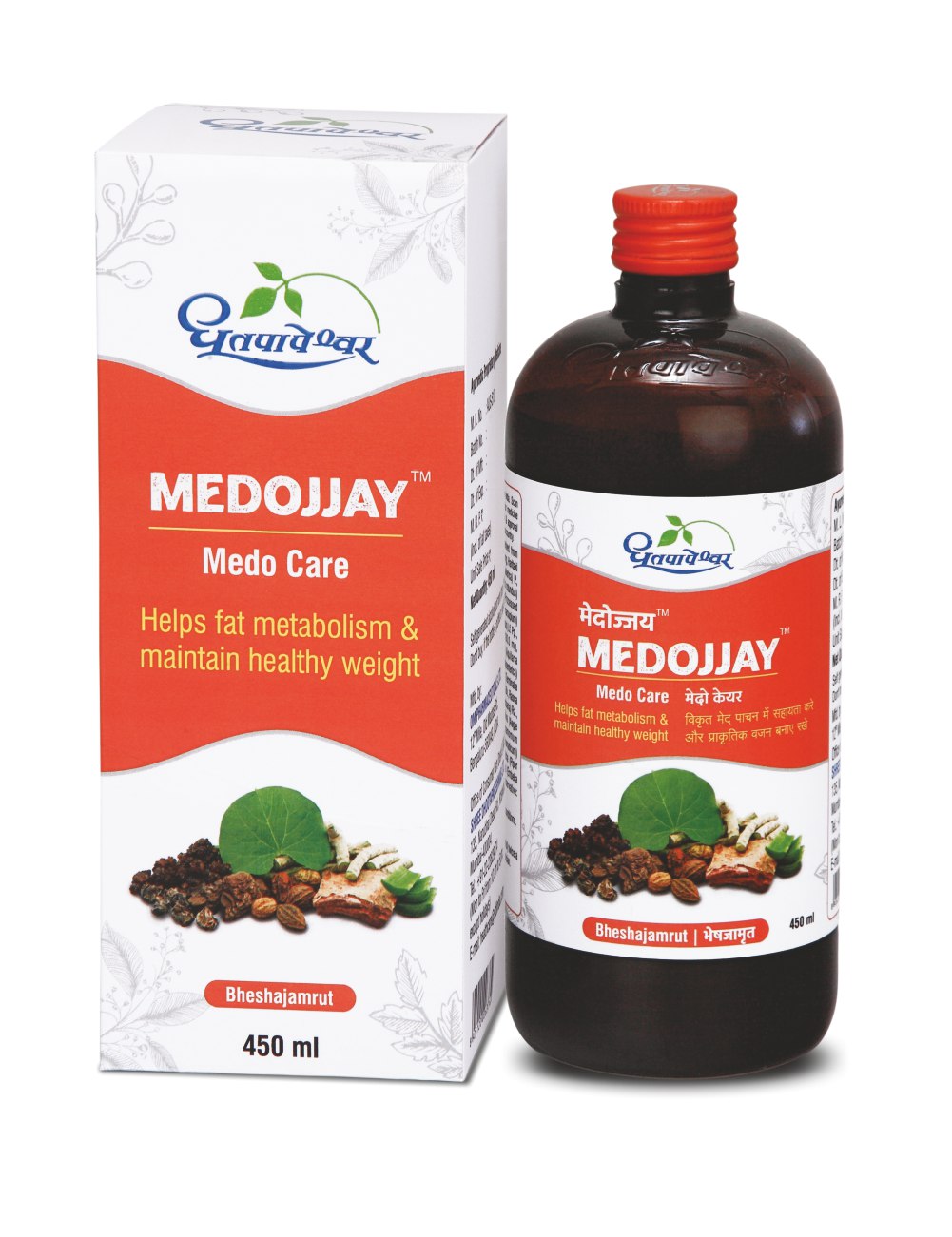Prakriti is the individual constitution of a person. It is the group of physical as well as mental characteristics which makes every organism in the universe different from other.
Prakriti of a person is decided at the moment of conjugation of Sperm (Shukra) and Ovum (Aartav). Dosha which is in larger quantum compared to other two at the time of conjugation decides the Prakriti of a new born. For example, if Kapha dosha is in larger quantum than Vata and Pitta then the new born will have Kaphaj Prakriti. Prakriti remains unchanged for life.
Importance of Prakriti in Ayurved
Prakriti makes every person unique therefore no person can be exactly like other person. It means physical, physiological and mental characteristics differ from person to person depending on his or her Prakriti. It defines how the person reacts to their surrounding environment and external factors including medicine. All these points are of extreme importance while making the diagnosis and treating patients. That’s why diagnosis in Ayurvedic system of medicine can not be complete without defining the constitution of an individual. Because the treatment differs according to Prakriti of an individual. Ayurved believes in Medicine for an individual person and not for an individual organ or system.
Types of Prakriti
There are three main types of Prakriti based on predominance of Dosha
i) Kapha Prakriti ii) Pitta Prakriti iii) Vata Prakriti
Prakritis which are combination of two Doshas are called Dandwaj Prakriti which is of commonest occurrence.
Prakritis with combination of all three Doshas is called Samdhatu Prakriti it is of extremely rare occurence.
Therefore, in all, Prakritis of individuals can be of seven types which are as follows:
1) Vata Prakriti 2) Pitta Prakriti 3) Kapha Prakriti 4) Vata-Pitta Prakriti 5) Pitta-Kapha Prakriti 6) Vata-Kapha and 7) Samadhatu Prakriti
Let us explore the characteristics of the individual Prakritis in detail:









![Monsoon Essentials (Swamala Compound [500 gm] + Drakshovin [330 ml] )](https://sdlindia.com/wp-content/uploads/2024/07/Monsoon-Essentlals-Combo-01.jpg)



